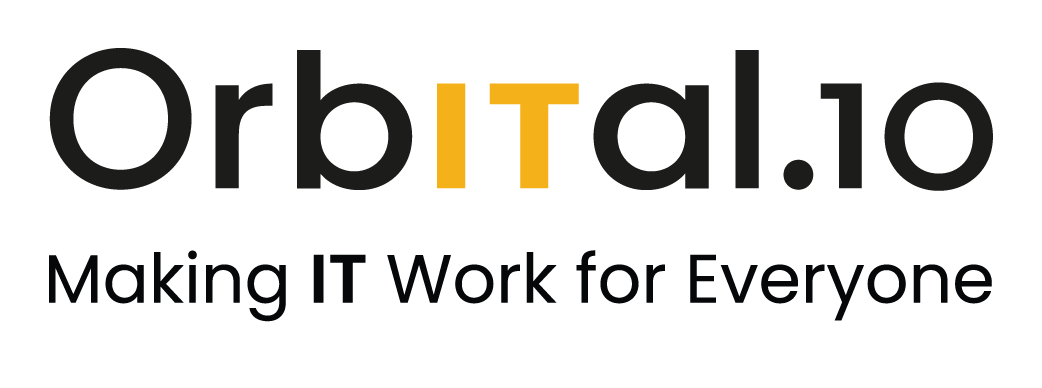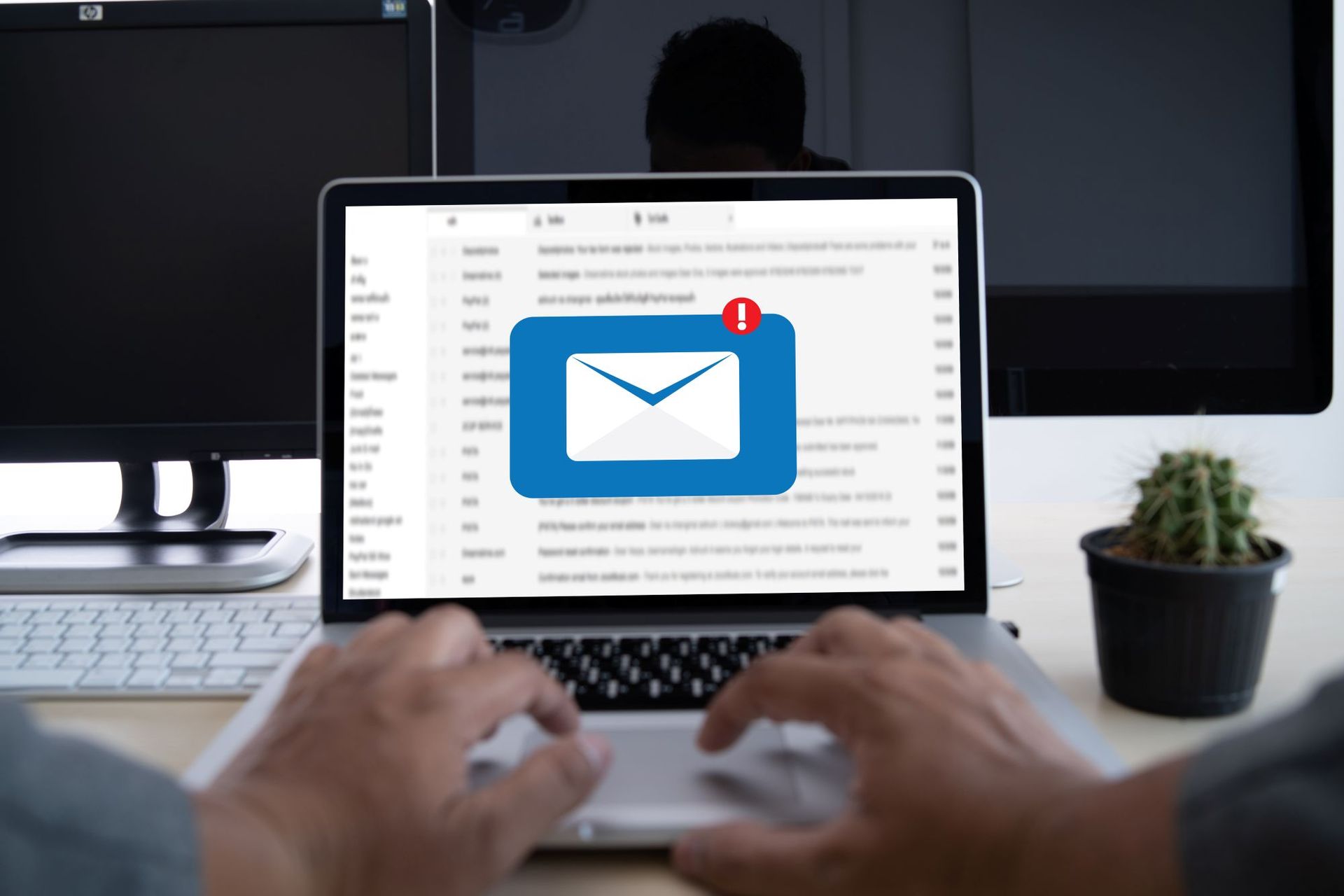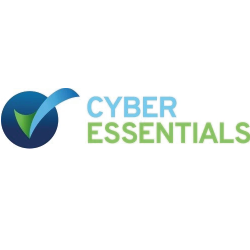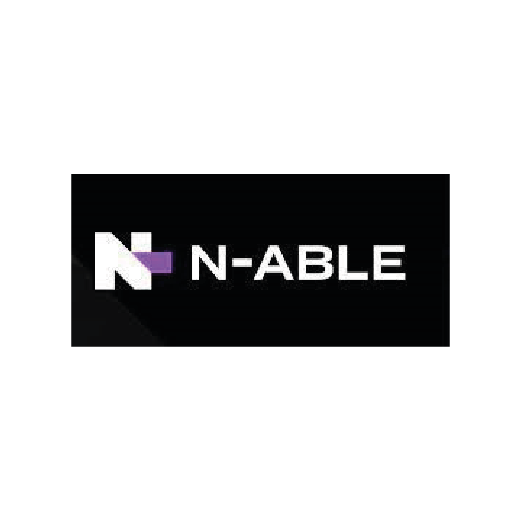Half Your Staff Can See More Than They Should – Here’s Why That’s Risky
Do you know exactly who in your business can access your critical data right now?
And more importantly—do they actually need that access to do their job?
For many business owners, the assumption is that permissions were set up correctly at the start and don’t need much attention afterwards. Unfortunately, new research shows that’s far from the truth.
Around half of employees in most businesses have access to far more data than they should.
That’s a serious issue. Not just because of the risk of someone acting maliciously, but because accidents happen. When staff can see information they don’t need, it creates unnecessary exposure, compliance risks, and potential data breaches.
This is what’s known as insider risk—the risk that comes from people inside your organisation, whether they’re employees, contractors, or anyone else with system access.
Insider risk can be intentional, such as stealing data. But far more often it’s accidental—clicking on the wrong file, emailing information to the wrong person, or retaining access after leaving the business.
The problem of “privilege creep”
One of the biggest challenges is privilege creep. Over time, staff accumulate extra permissions—perhaps due to a role change, being added to new systems, or simply because no one checks what they should and shouldn’t be able to access.
Shockingly, nearly half of businesses admit that some ex-employees still have access to systems months after leaving. That’s like giving a former staff member the keys to your office and never asking for them back.
The solution: least privilege access
The answer is simple in principle: staff should only have the minimum access required to do their job. This is known as the principle of least privilege. In some cases, this means “just-in-time” access—temporary permissions granted only when needed.
And when someone leaves the business, all their access should be revoked immediately.
Making it work in the modern workplace
With today’s cloud apps, AI tools, and “invisible IT” (where software is used without IT approval), access control can feel more complicated than ever. But it’s manageable with the right approach:
- Regularly review who has access to what
- Tighten permissions to align with actual roles
- Use automation tools to simplify and enforce access controls
The goal isn’t to slow people down—it’s to protect your data, your customers, and your reputation.
If you’d like help reviewing your access controls and closing potential security gaps, get in touch > It’s far better to act now than deal with the aftermath of a breach.



























